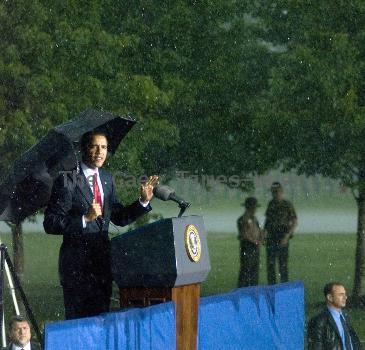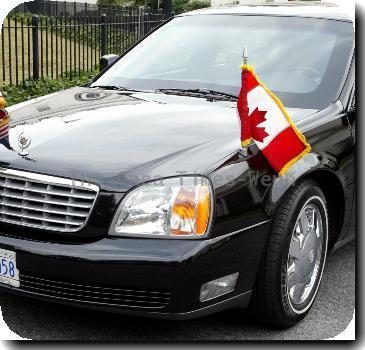Gov’t plan for cleaning up a Gulf Coast hurricane calls for sampling oil before removing it
By Eileen Sullivan, APMonday, August 9, 2010
Hurricane could bring bureaucratic delays to Gulf
WASHINGTON — If a hurricane hits the Gulf Coast and whips up oil from BP’s massive spill, cleanup workers will not be able to swoop into action to fix the mess. A new Obama administration edict requires that the oil be tested before it can be cleaned, according to a response plan obtained by The Associated Press.
The extra step is supposed to make it easier for the government to get reimbursed if a hurricane slings oil from the Gulf of Mexico into backyards, neighborhoods and wetlands.
But it also could cause frustrating additional delays and prevent residents from returning to their homes while the government figures out who pays the bill.
Nearly 207 million gallons of crude oil has gushed into the Gulf of Mexico since a BP rig exploded in April, and the government estimates some 53 million gallons are still there. Coast Guard and BP officials say the well is close to being permanently capped. But this year’s hurricane season isn’t over until November.
Charlotte Randolph, president of Lafourche Parish in Louisiana, said her community will insist that BP contractors clean up after a hurricane, regardless of the federal government’s plan.
“The assumption will be that the oil belongs to BP,” Randolph said. “I don’t care what the federal government says.”
President Barack Obama used his first remarks about the oil spill to promise that BP would pay for the cleanup. But the BP well is not the only source of crude in the Gulf Coast, which is home to tens of thousands of abandoned oil and gas wells.
If a hurricane hits, the Obama administration’s response plan says workers must sort out where the oil came from and who should pay for it “prior to removal of contaminated debris.”
“The cleanup process after a storm will require representative sampling and investigative work to maintain accountability,” the 35-page document, dated July 14, said. “The sampling process will be conducted as quickly and efficiently as possible to help identify the source of the oil.”
The July 14 document is the fourth revision of the plan. The third revision does not state that the source of the oil be identified before debris is removed.
The Homeland Security Department, Coast Guard and Federal Emergency Management Agency did not respond to requests for comment. But FEMA and the Coast Guard have privately assured Congress there will be no delays in cleanup, according to a congressional staffer who spoke on condition of anonymity to discuss private conversations with the administration.
Delays caused by the testing could range from hours to days, said Ed Overton, a professor of Environmental Studies at Louisiana State University. Once a sample is collected, it takes three to five hours to process the material. Ultimately, the time will depend on how many samples are being tested, said Overton, who is also head of the joint Coast Guard-Northern Oceanic Atmospheric Administration hazmat chemical analysis team. He called the government’s plan crazy.
“This is insane,” Overton said. “You don’t have to hold up the cleanup just because you’re waiting on a crazy lab analysis.”
Rep. Darrell Issa, R-Calif., said he’s disappointed that the only plan out of Washington is one that will leave oil-soaked debris on the ground until it’s determined who should pay to clean it up.
“At best, this ‘plan’ will prolong the time it takes for the community to recover from a hurricane,” said Issa, who has raised concerns that the federal government is not prepared to respond to a major hurricane in that region. “At worst, it could force displaced residents to remain sheltered at distant locations while the government squabbles over who should clean up the mess.”
David Paulison, the FEMA director hired to help fix the agency after its poor response to Hurricane Katrina, said delaying the cleanup of a contaminated area could make recovering from a hurricane even worse on a community. He left the agency in 2009.
“I just don’t believe it’s a workable plan,” he said.
Katrina affected 93,000 square miles of land.
Tags: Accidents, Barack Obama, Coastlines And Beaches, Emergency Management, Environmental Concerns, Land Environment, Natural Resource Management, North America, United States, Washington



